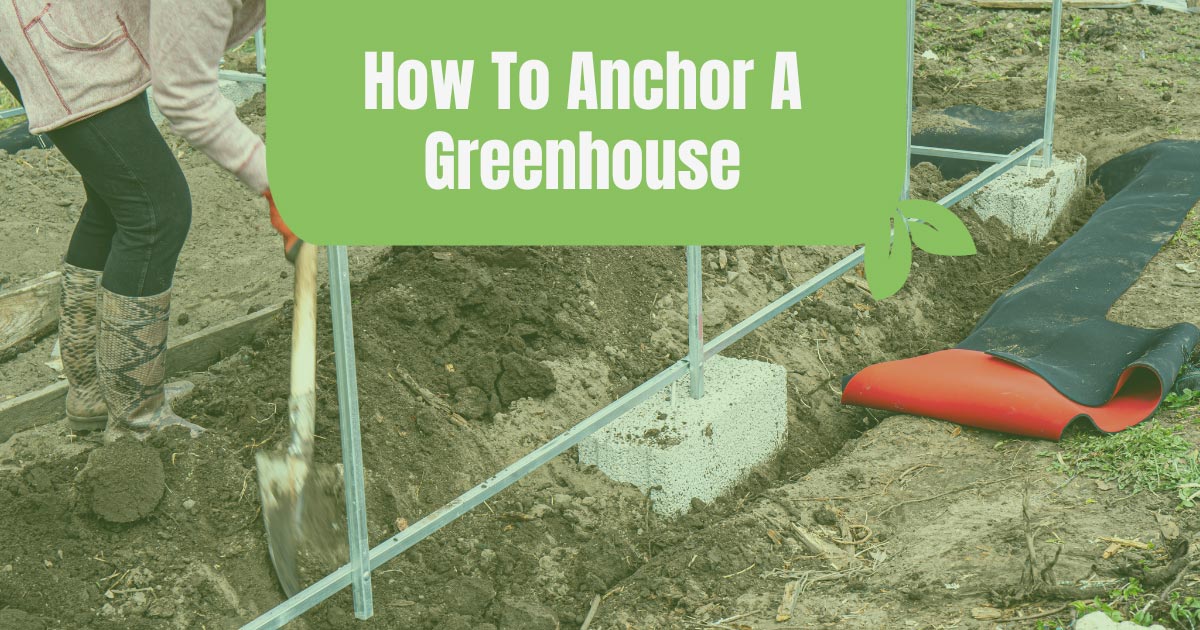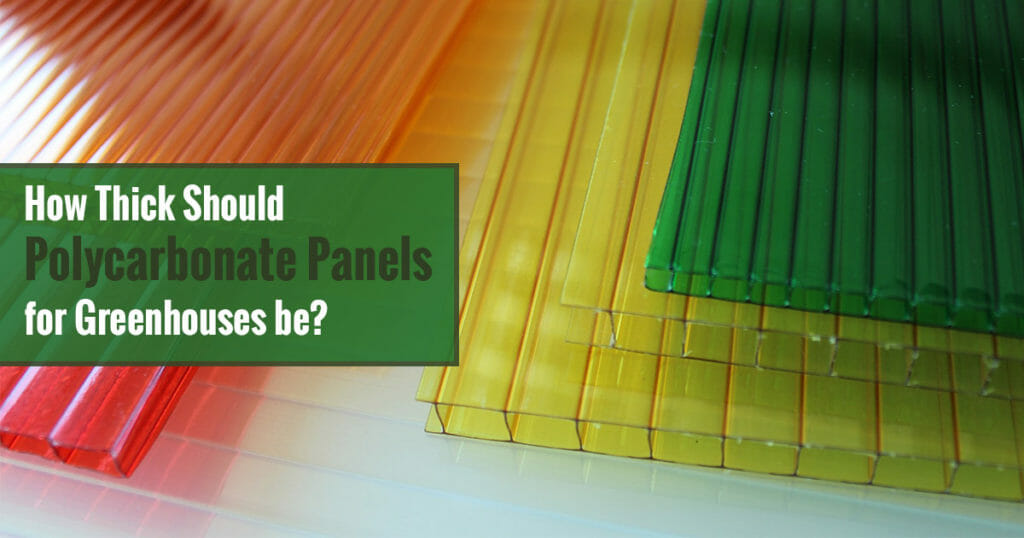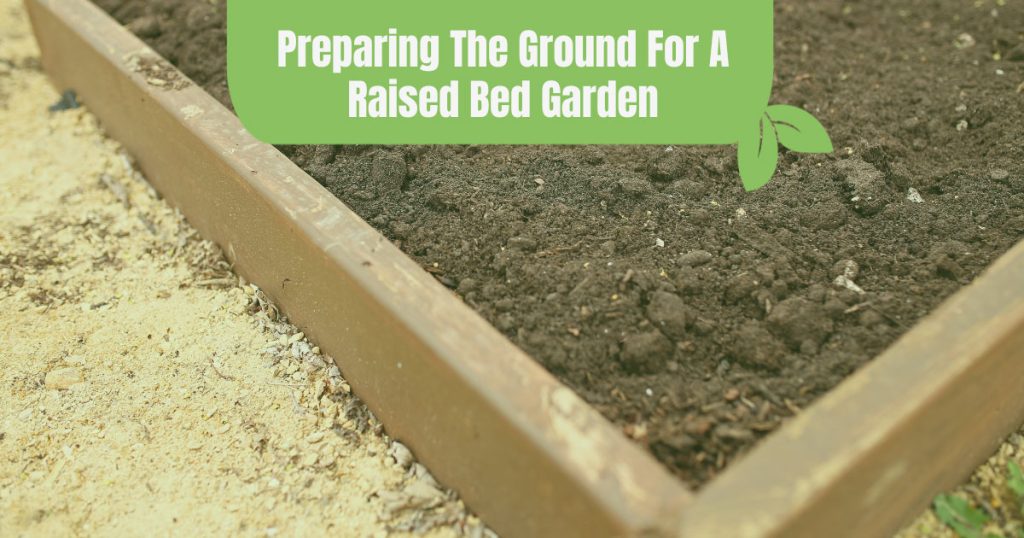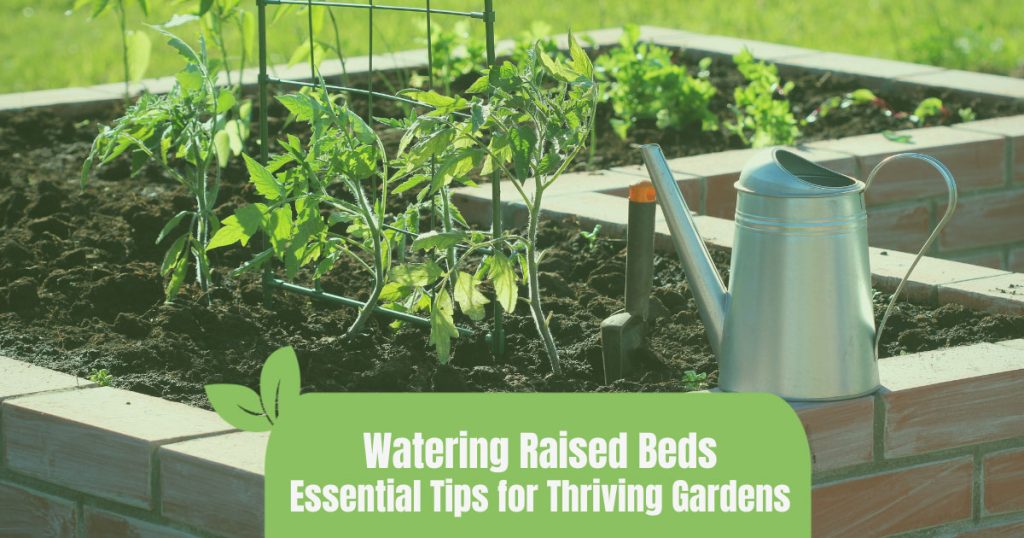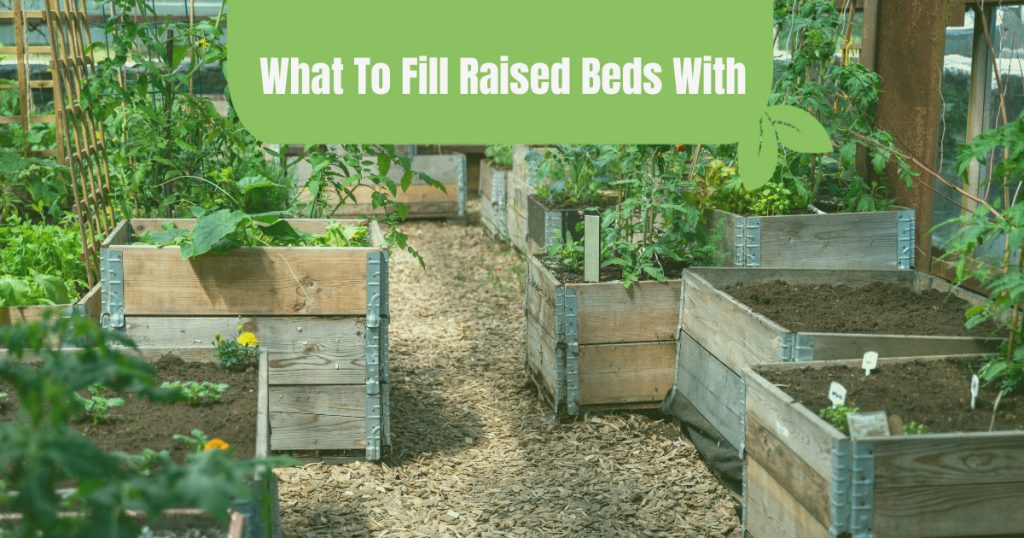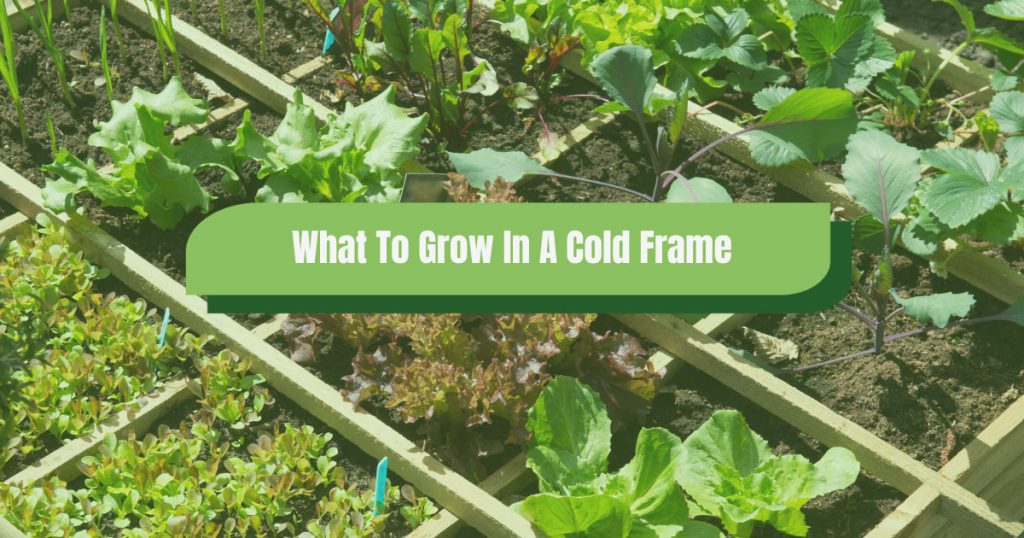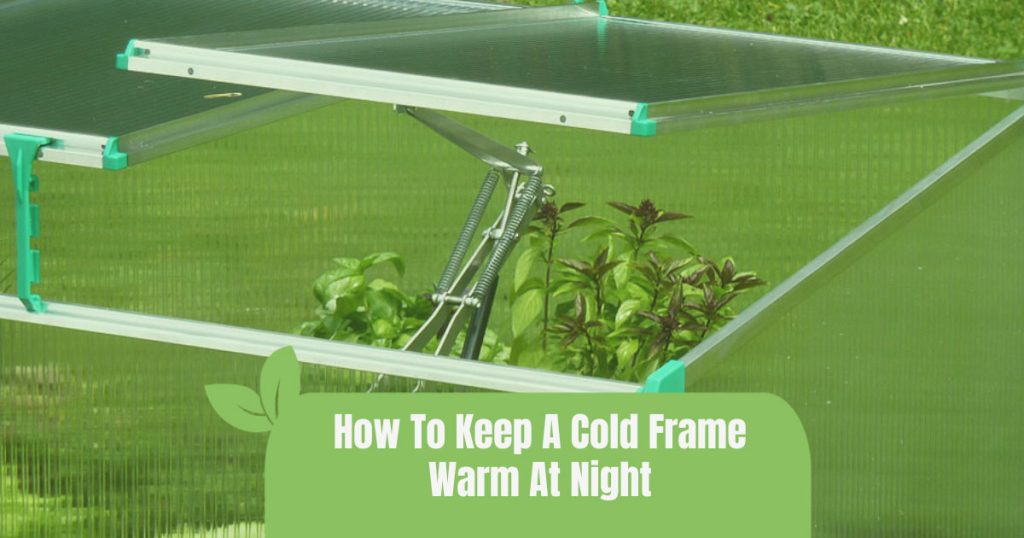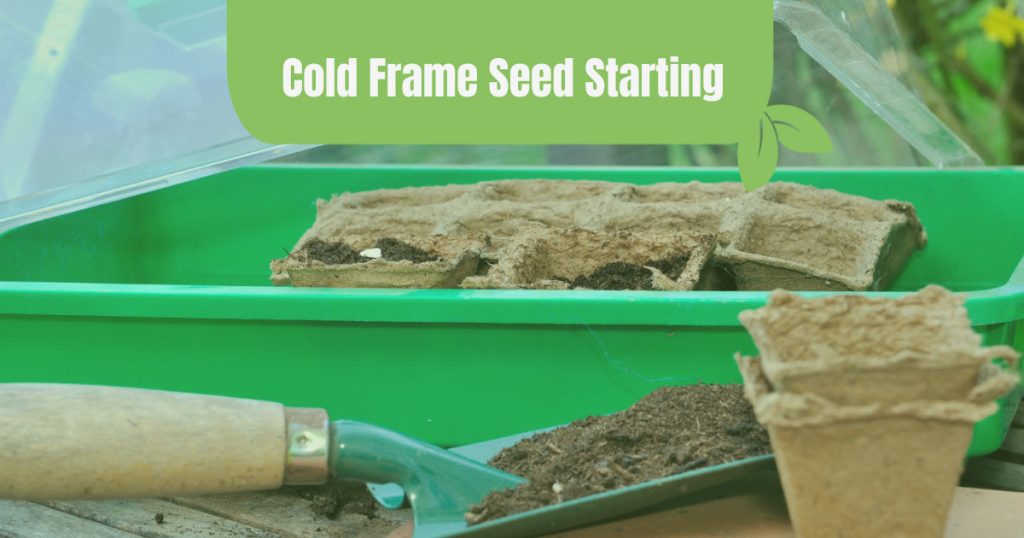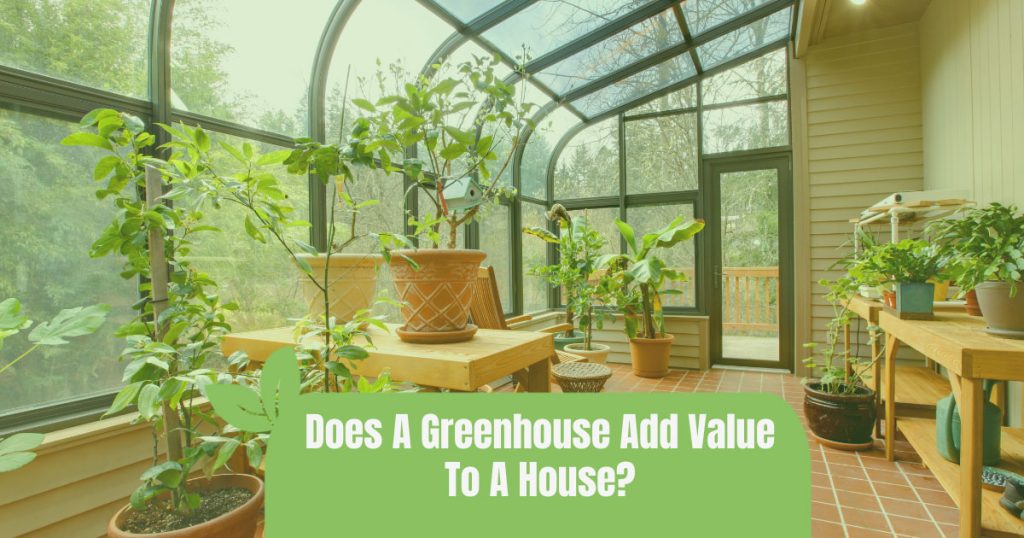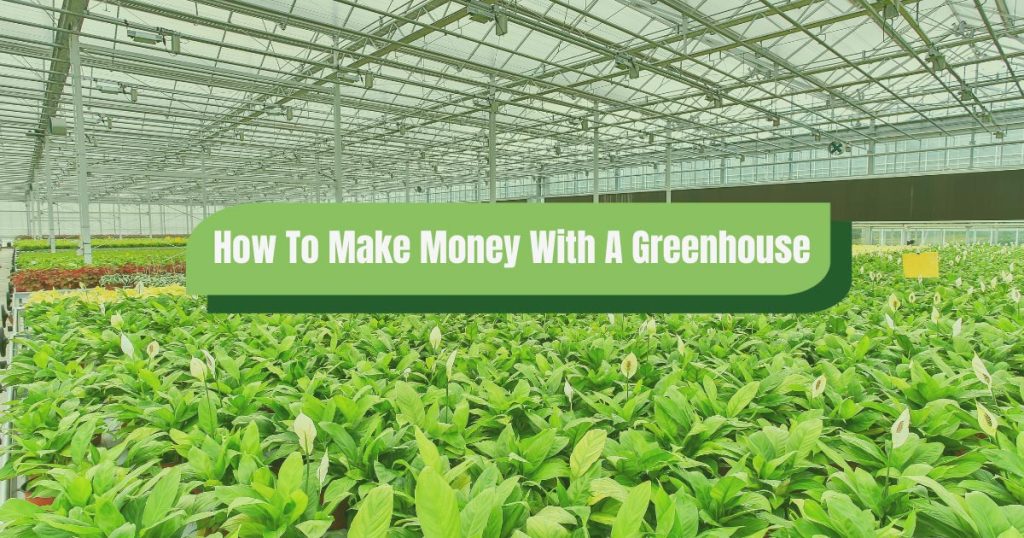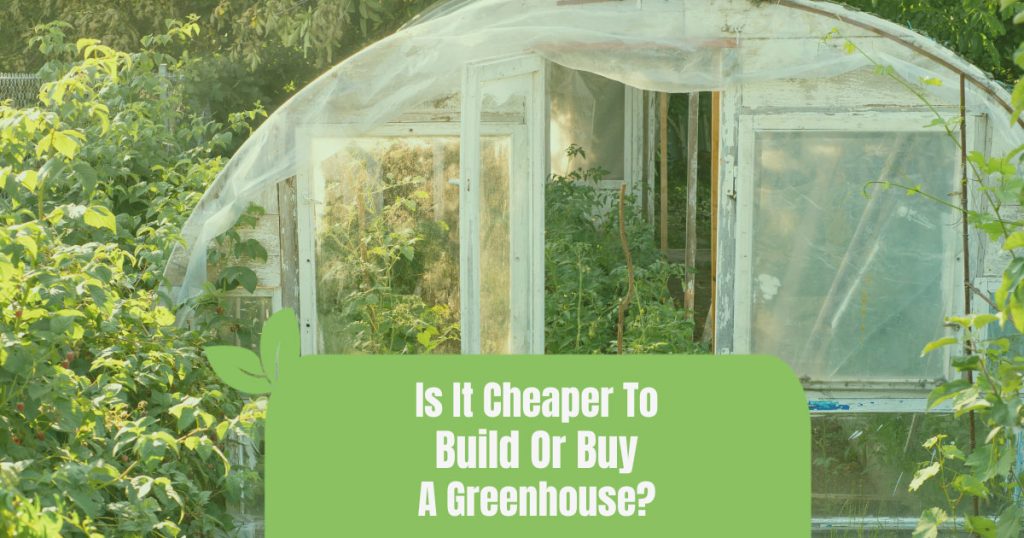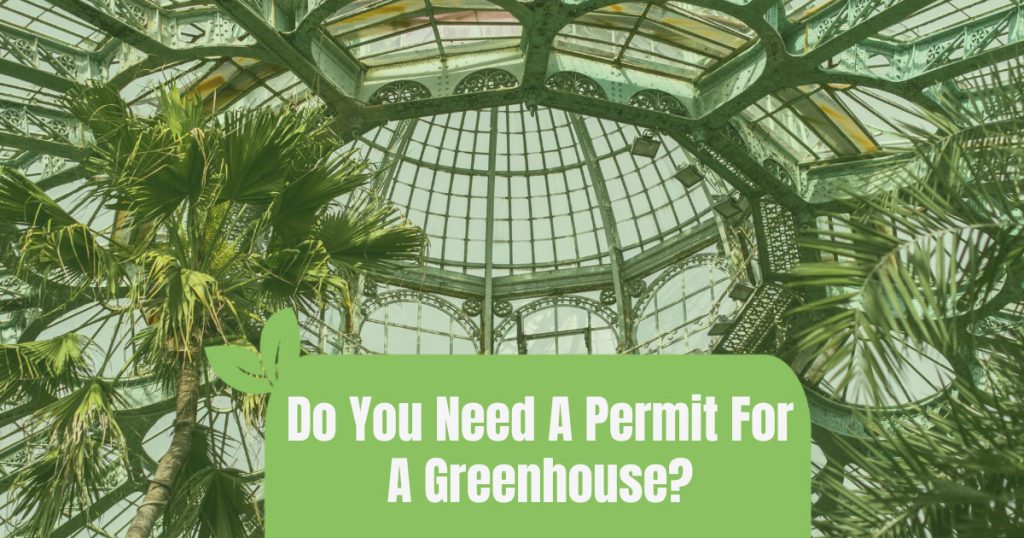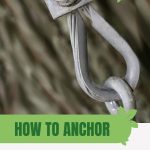


Understanding how to anchor a greenhouse effectively can be the difference between a thriving plant haven and a gardening nightmare. With years of expertise under our belts at Greenhouse Emporium, we’re here to guide you through this process with practical tips and tested methods.
Whether you’re a seasoned gardener or a green-fingered newbie, this guide will equip you with all the know-how you need to secure your greenhouse against the elements.
Preparing for Greenhouse Anchoring
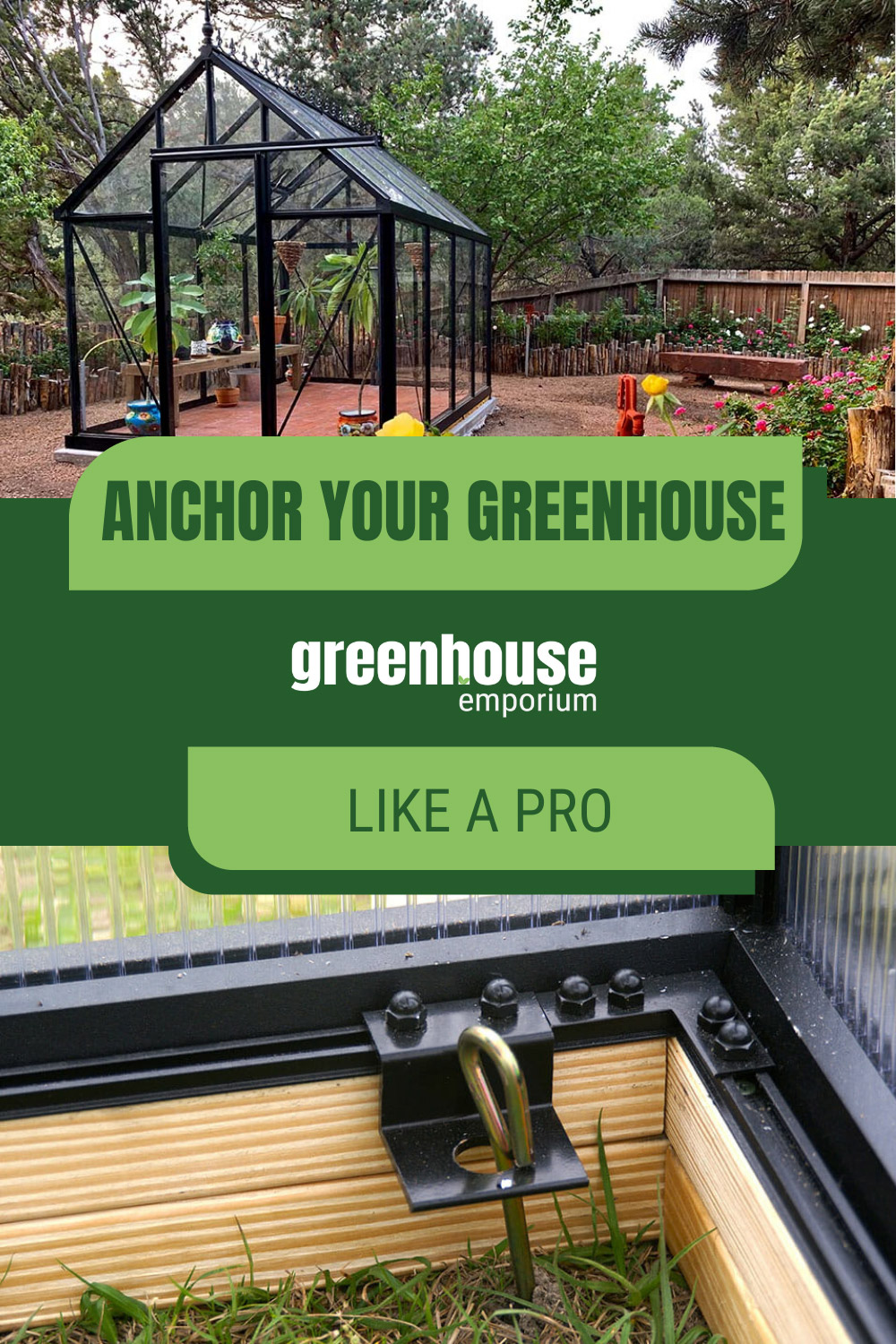
Assessing your greenhouse location
When it comes to setting up your greenhouse, choosing the right location is as important as the structure itself. From our years of gardening experience at Greenhouse Emporium, we’ve learned that the ideal spot is a level area, which ensures stability and uniformity in your greenhouse’s structure.
This is true whether you’re putting together a new greenhouse kit, or turning a shed into a greenhouse.
It’s essential to avoid areas under overhanging trees; while they may provide some natural shade, their branches can become hazardous in stormy weather, posing a risk to the glass or plastic panels of your greenhouse.
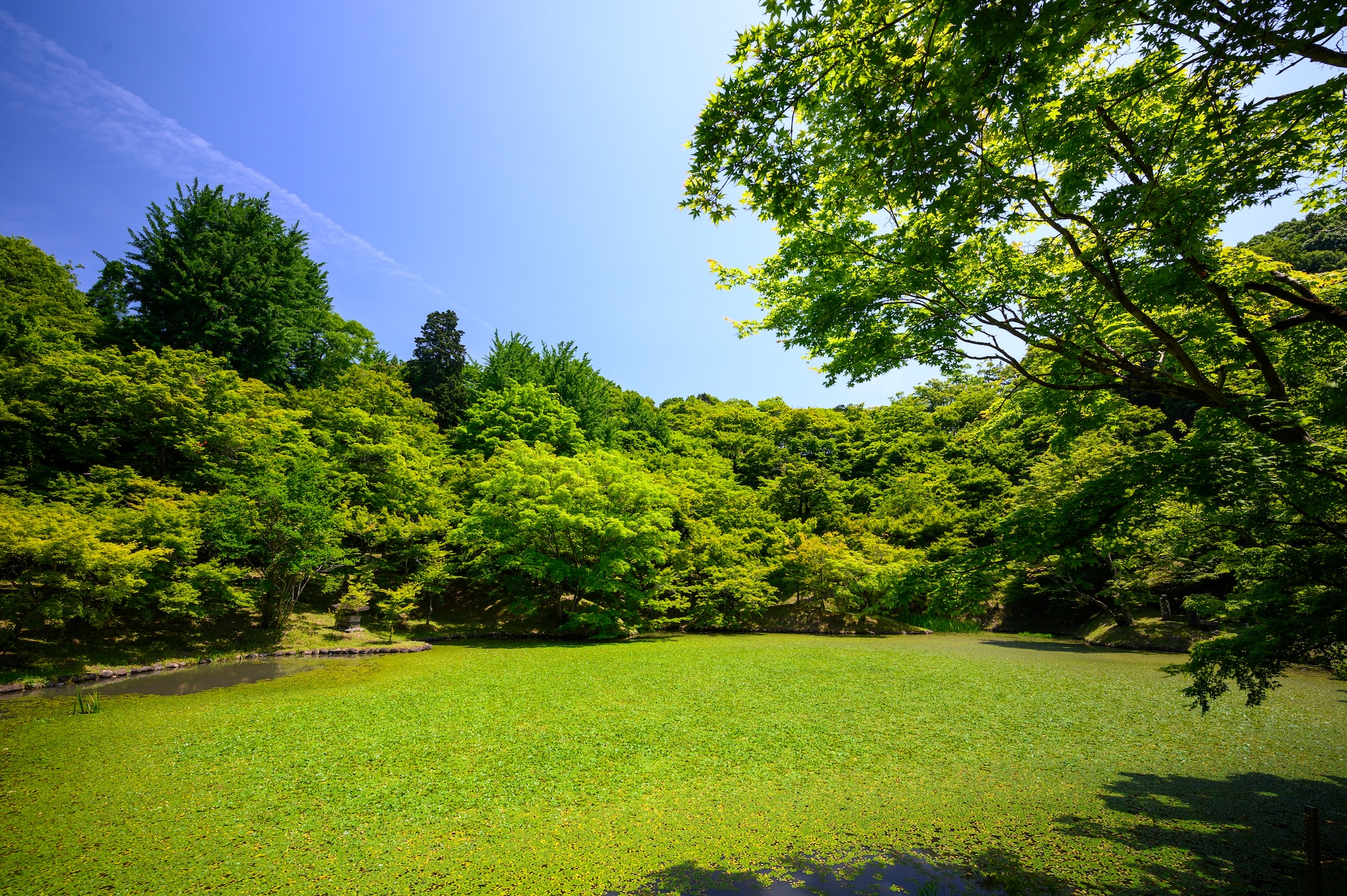
Additionally, take a moment to observe the wind patterns in your area. Areas that are too exposed to strong winds can lead to structural stress and damage over time. Instead, look for a spot that offers some natural windbreaks, such as a fence, a wall, or evergreen trees.
These can significantly reduce wind impact while still allowing for adequate ventilation and sunlight. Remember, a sheltered spot not only protects your greenhouse but also creates a more stable environment for your plants to thrive in.
What you’ll need
Ready to get started? Here’s what you’ll need:
- Ground anchors
- Hammer or mallet
- Steel drive rod (for driving anchors into the ground)
- Stainless steel cable (for linking anchors)
- Wrench and bolts (for securing the structure)
- Spirit level (to ensure everything is even)
- Measuring tape
How to Anchor a Greenhouse to the Ground
Step 1: Position your anchors
The journey to a well-anchored greenhouse begins with the correct placement of your anchors. Position them approximately 6 inches from each corner of your greenhouse. This distance ensures that the anchors provide maximum support without interfering with the structure’s integrity.
It’s important to note that this method works best for smaller or less permanent structures, such as our Solexx greenhouse kits. Always follow the manufacturer’s recommendations for anchoring your greenhouse.
Step 2: Anchor the surface
Next, it’s time to strategically anchor specific points on the surface. This step is crucial and varies depending on the type of soil you’re working with. For those dealing with tougher, more compact soils, arrowhead ground anchors are an excellent choice.
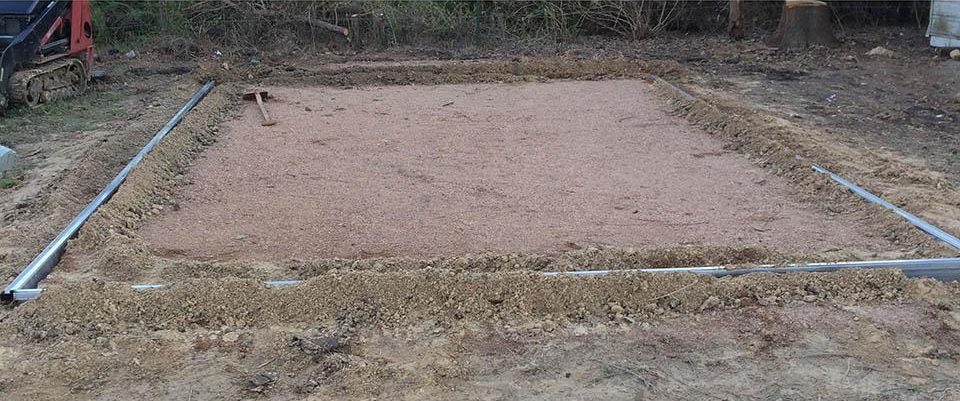
Their design allows for better grip and stability in such conditions. It’s important to select screw anchors that match the soil type to ensure they hold firmly.
Grab your steel drive rod and a sturdy hammer; it’s time to drive those anchors into the ground. This step requires a bit of muscle and precision. Aim carefully and strike firmly to ensure that each anchor is securely embedded into the soil. This foundational step sets the stage for a robust anchoring system.
Step 3: Link the anchors
With your anchors firmly in place, the next step is to link them together. For this, use a high-quality stainless steel cable.
This material is renowned for its strength and resistance to wear and tear, making it an ideal choice for holding your greenhouse securely, even in adverse weather conditions.
The linking process is not just about physical connection; it’s about creating a cohesive, unified system where each anchor supports the others, distributing tension evenly and adding to the overall stability of your greenhouse.
Step 4: Additional security
Finally, for added peace of mind, consider implementing additional security measures. Tar-coated stakes are an excellent option for this. The tar helps prevent the wood from rotting, and the stakes provide extra anchoring points, ensuring your greenhouse remains stable even in stormy or extreme weather conditions.
These stakes are not just about anchoring; they’re about creating a fail-safe system that protects your greenhouse from all angles. This final touch is about leaving no stone unturned in your quest to create a safe and secure environment for your plants.

And for extra peace of mind and security, we recommend that you also learn how to weigh down a greenhouse.
Remember that anchoring your greenhouse isn’t just a task; it’s an investment in the safety and longevity of your green haven. From choosing the right location to the final step of adding additional security, each phase is crucial in ensuring your greenhouse stands strong against the elements.
How to Anchor a Greenhouse (FAQs)
How do you secure a small greenhouse?
Securing a small greenhouse involves similar steps but on a smaller scale. Use ground anchors at each corner, and ensure the frame is securely bolted to the base. Pegs or stakes can also be useful for extra stability.
What is the best base for a greenhouse?
According to our research, the best greenhouse foundation will depend on factors such as the size of the greenhouse as well as your needs. Be sure to check out our guide on greenhouse foundations and flooring so that you can find the best one for you.
Can I anchor my greenhouse to any type of ground?
Anchoring a greenhouse effectively depends largely on the type of ground you’re working with. While it’s possible to anchor a greenhouse on various types of terrain, the method and materials used can vary.
It’s important to assess your ground type and choose the appropriate anchoring method to ensure stability and safety for your greenhouse.
Is it necessary to anchor a greenhouse in a mild climate?
Yes, we still recommend that you anchor a greenhouse even in a mild climate. While the risk of extreme weather conditions like strong winds or heavy snowfall may be lower, anchoring provides stability and ensures the longevity of the greenhouse.
It helps prevent any accidental shifting or movement that can occur due to occasional strong winds, soil erosion, or even regular gardening activities around the structure.

